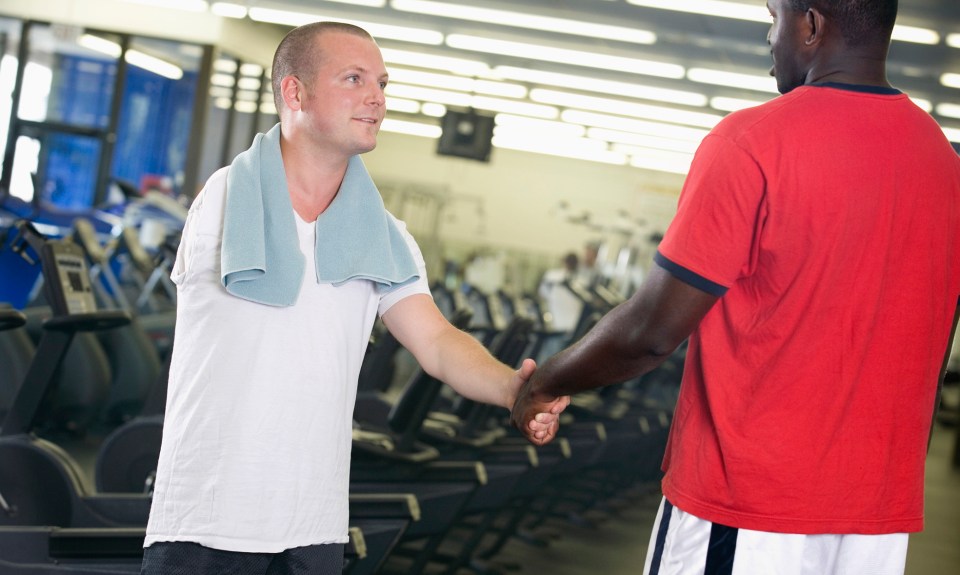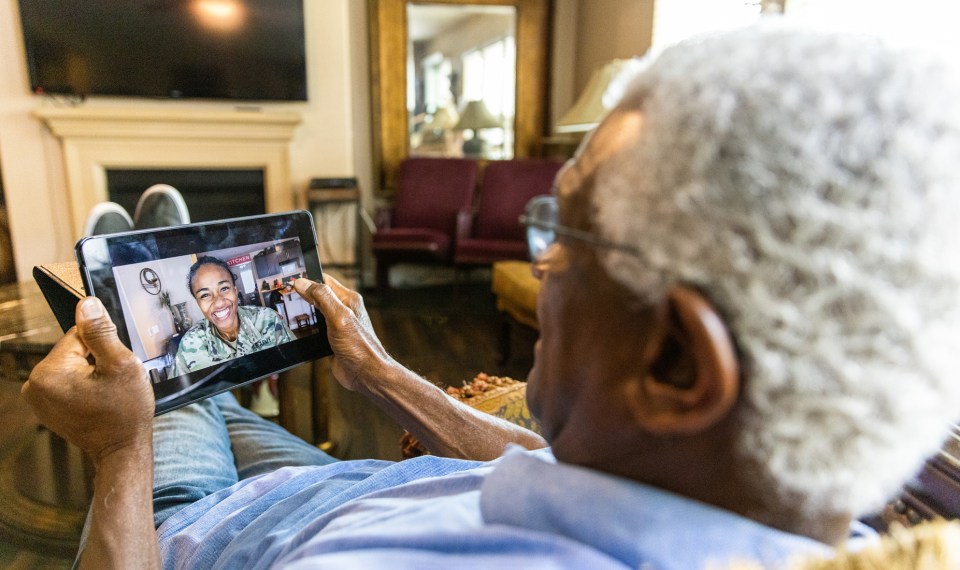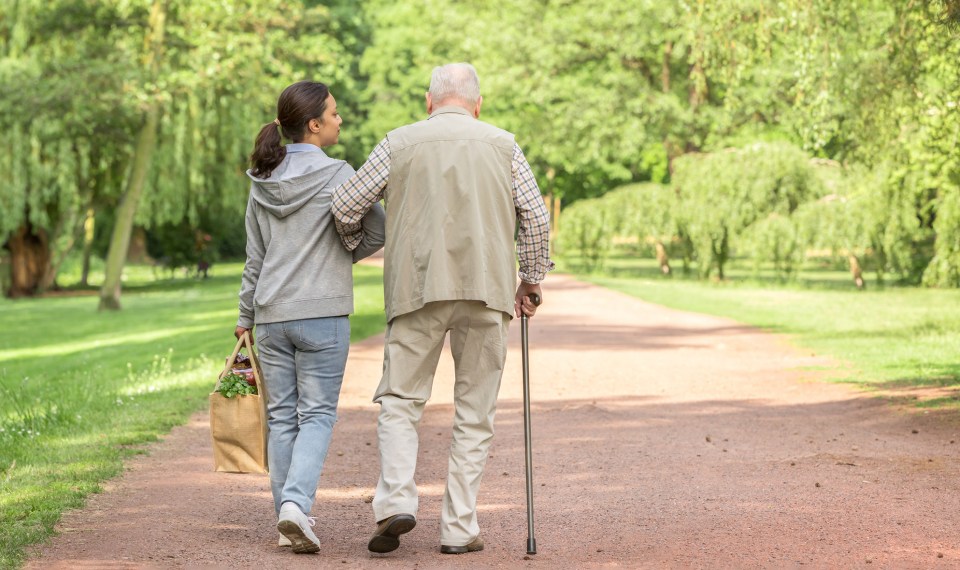I watched the amazing performances of disabled athletes at the recent Paralympics in Tokyo, Japan. It doesn’t get the “splashy” television coverage of the abled-bodied Olympics, but it got me thinking. If you had the privilege of working with or meeting one of these people, would you know how to react and greet them? Here are some things to consider.
The Americans with Disabilities Act was signed into law in July 1990, and with it came a mandate to end discrimination against individuals with disabilities. While the law protects people with disabilities, it does not automatically educate the public on the correct way to interact with people with disabilities. For many people, meeting someone in a wheelchair or with a significant disability creates an awkward moment when they are unsure how to behave.
The Greeting
- What would you do when faced with someone with a paralyzed or missing right arm? Most people, even those with a prosthetic arm or hand, can shake hands. It’s appropriate to use your left hand if the person cannot respond with their right hand. The person will usually give you a cue by extending an arm or hand as best they can. It is best not to just go ahead and grab an arm that may turn out to be a painful experience for the person. The “good old buddy” pat on the back or shoulder is never appropriate behavior.
- Have you ever noticed that when you speak to someone who doesn’t understand English that you tend to raise your voice, thinking that somehow shouting the words will rattle their brain into understanding? We do the same thing when we address people with disabilities. There is usually no need to raise your voice. However, when someone has a cognitive impairment, it can help to slow down and speak clearly. Use their first name only if everyone else is being referred to by their first name. Better yet, ask for their preference.
- Treat the person as an adult. Don’t patronize the individual because they have a physical or mental disability. Sit down and make eye contact. This is critical! When you are seated in your office and someone enters, don’t you usually stand up to greet them? But now it may be just the opposite. When speaking to someone in a wheelchair or lying in bed, look around, pull up a chair, sit down and get at eye level. I remember being a patient in the hospital and how uncomfortable I felt lying in the bed and trying to have a conversation with my physician as he towered over me. Don’t sit on the patient’s bed unless invited to do so. How would you like someone sitting on your clean linens?
- Some people want help; others do not. It is acceptable to ask if you can get the door, pick up their canes or push their wheelchair. But don’t feel hurt if your offer is declined and the person wishes to be independent.
Conversational Etiquette
You made it through the greeting and introductions. Now what?
- Always speak to the disabled individual directly and not through someone else. As physicians, we make this mistake all the time. We will speak to family members and friends instead of addressing the person directly. Even if the person has a cognitive disability, their presence must be recognized and respected. People are individuals who happen to have disabilities and should not be addressed as “the T4 paraplegic in the green shirt” or the “stroke in room 603.”
- When having a conversation with a person with a physical disability, use normal everyday language and relax. We can slip into an unpleasant and demeaning habit of speaking to the person as if they were a child. You may have to make a physical accommodation, such as sitting down, but remember, the individual is otherwise no different than you. They have the same dreams, aspirations and desires.
- Most of us are poor listeners. When someone has a speech impairment, take time and listen. Don’t try to always finish their sentence. That can be difficult when you are in a hurry, but never pretend to understand if you do not—it is acceptable to say so. If the person has a visual impairment, identify yourself and let them know who you are and what you intend to do.
Hopefully, you are now better prepared to interact with people with disabilities. Like anything, it takes practice, but our disabled friends and patients deserve it.
The content of this site is for informational purposes only and should not be taken as professional medical advice. Always seek the advice of your physician or other qualified healthcare provider with any questions you may have regarding any medical conditions or treatments.




